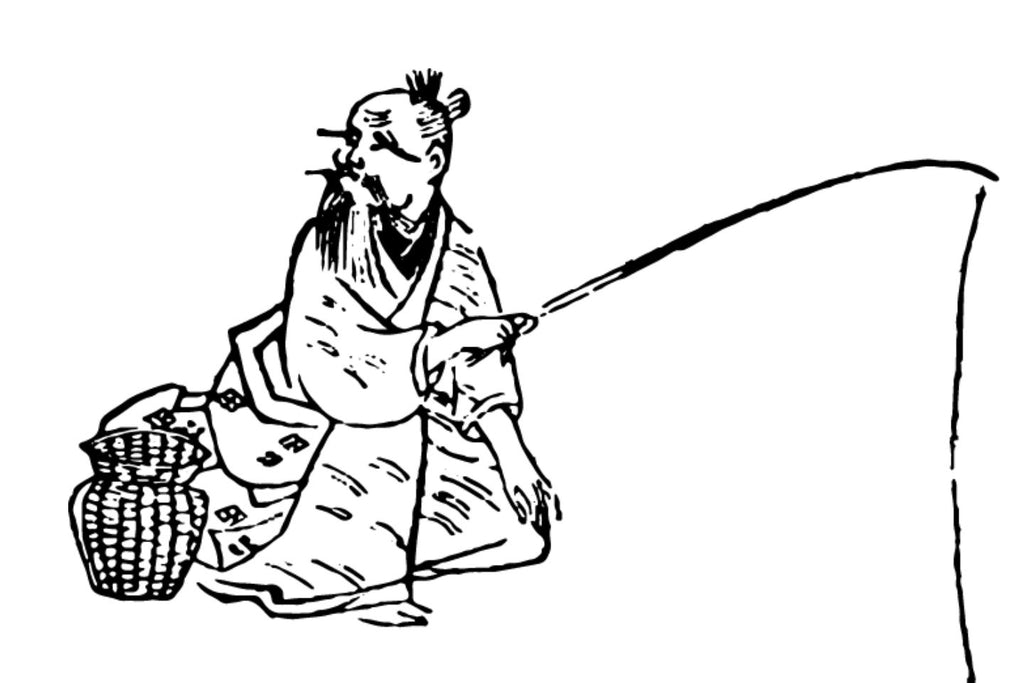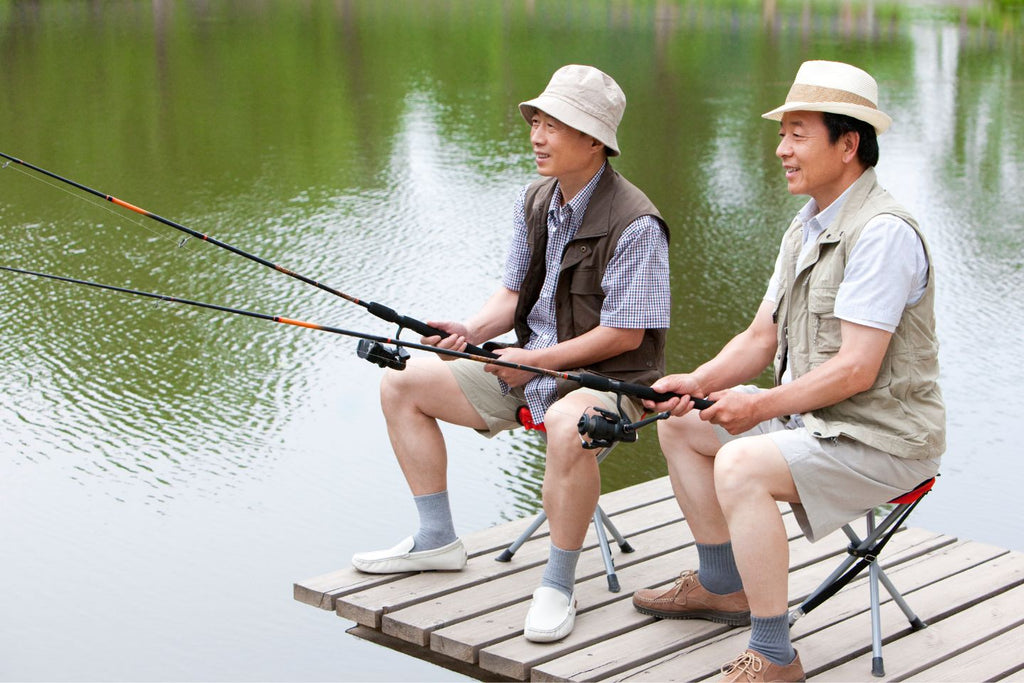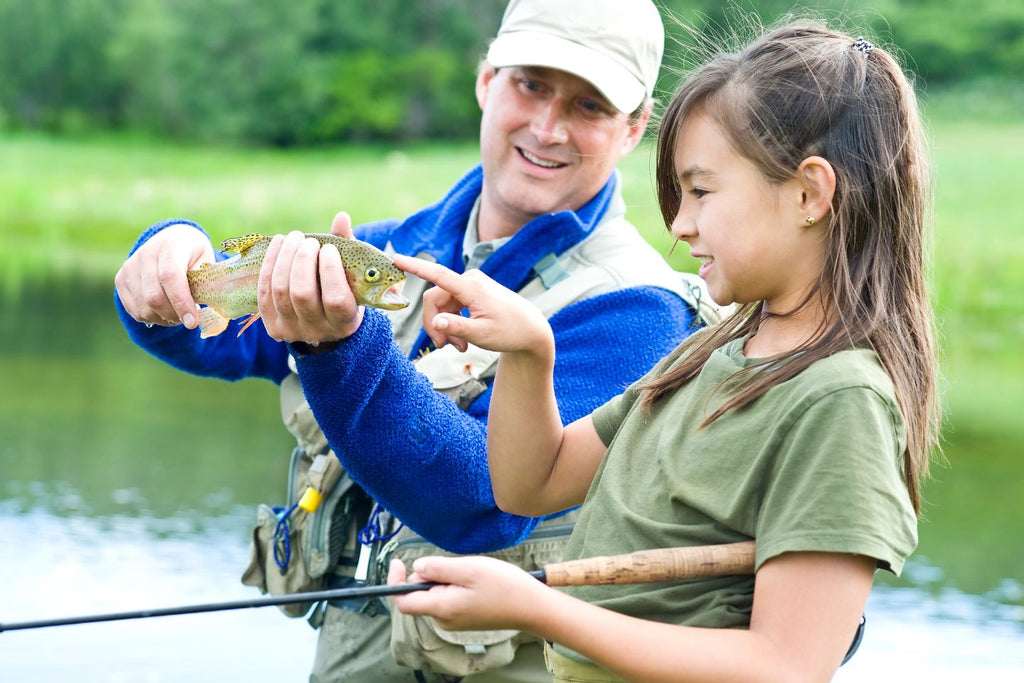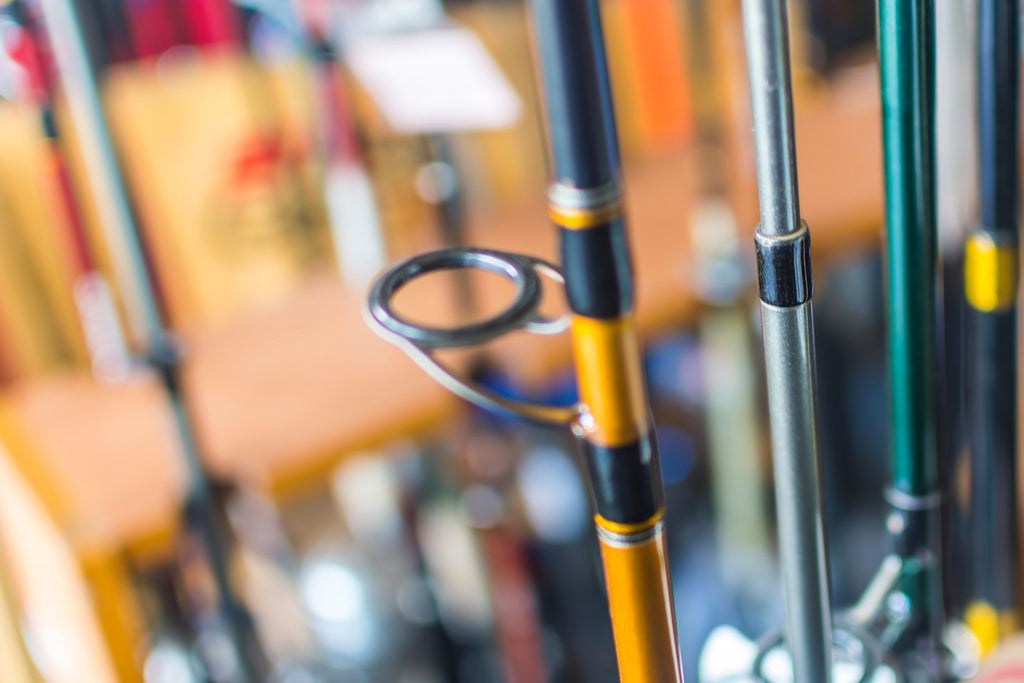As you navigate the realm of trout fishing gear, you'll frequently come across two distinct categories in Japan: 'area trout' and 'native trout'. But delving deeper, what do these classifications truly denote, and how do they influence the selection of equipment tailored to your angling pursuits? Let's unravel the difference behind these terms and explore which gear aligns best with your fishing preferences and objectives.
What’s Area Trout?
When searching online for the phrase "area trout", you may come across some inaccurate information, which could lead you to believe that it is related to some kind of Japanese traditional fishing technique. The truth is quite far from that!

In fact, Area Trout (エリアトラウト) refers to the fishing of trout within controlled and managed areas. Typically, these areas can be small streams, ponds, and other confined waters.

Such facilities require to pay an entry fee, around 3,000 to 5,000 JPY for a whole day. Rental equipment is typically available, though bringing your own gear is also an option. You need to adhere to their regulations, such as solely utilizing artificial baits, bringing home no more than a set amount of fish, or implementing catch-and-release practices.
This convenient fishing approach enjoys widespread popularity in Japan, both for beginners and more experienced anglers.

Native Trout isn’t really about native species
Native Trout (ネイティブトラウト) is a “Japanglish” term that refers to fishing for native or wild trout in mountain streams and headwaters, as opposed to administered fishing spots.
With native trout fishing, anglers are encouraged to engage in catch-and-release practices as a means of safeguarding fish populations and preserving the integrity of their natural habitats. This conservation-minded approach involves releasing caught fish back into the water, allowing them to thrive and contribute to the sustainability of the ecosystem.

Differences between area trout and native trout rods
Area trout rods and native trout rods feature distinct designs, each suited for their specific fishing contexts. The main differences fall across three settings: power, length, and weight.

1. Power
The primary distinction between area trout rods and native trout rods lies in their power settings.
For area trout fishing, lightweight lures like small spoons weighing around 1 gram are recommended. To effectively cast these lures, the rod must be flexible, so they are available from XUL (Extra Ultra Light) power types.
Conversely, native trout fishing typically involves using lures with more action and weight. Therefore, it's advisable to opt for a rod with at least UL (Ultra Light) or a higher power, as excessively soft rods may not provide the necessary control.
2. Length
Most area trout rods measure around 6 feet, with some shorter options like 5 feet. These lengths are tailored to ensure easy casting and maneuverability while minimizing disruption to the surrounding area, particularly in crowded managed fishing spots.
In contrast, native trout rods come in a wider range of lengths. For headwaters and mountain streams, lengths typically range from about 4 to 5 feet, while for main streams, they can range from 6 to 7 feet. This variability is intended to accommodate different fishing scenarios, such as limited swinging space in small rivers or the need for long casting ability in mainstream rivers.
3. Weight
Fishing for area trout demands finesse, so manufacturers often streamline its components, prioritizing the lightness of the rod.
Native trout fishing also benefits from lightweight rods, but they don't place as much emphasis on weight reduction as area trout rods.

Final words
In conclusion, learning the distinctions between “area trout” and “native trout” fishing is the key for understanding how specialized rod models are tailored to its unique demands. Area trout fishing thrives within controlled environments, while native trout fishing embraces wilder terrains. Whether you prefer the finesse of area trout fishing or the rugged allure of native trout fishing, matching your gear to your chosen environment is crucial for success.
Have you heard these terms before, and did you know their meaning? Which kind of trout fishing would you like to try in Japan?

In the upcoming weeks, we’ll be featuring more trout fishing content, and we will give our recommended gear for area trout, and native trout.If you don’t want to miss anything, subscribe to our newsletter and be the first to know!
Article sources:










